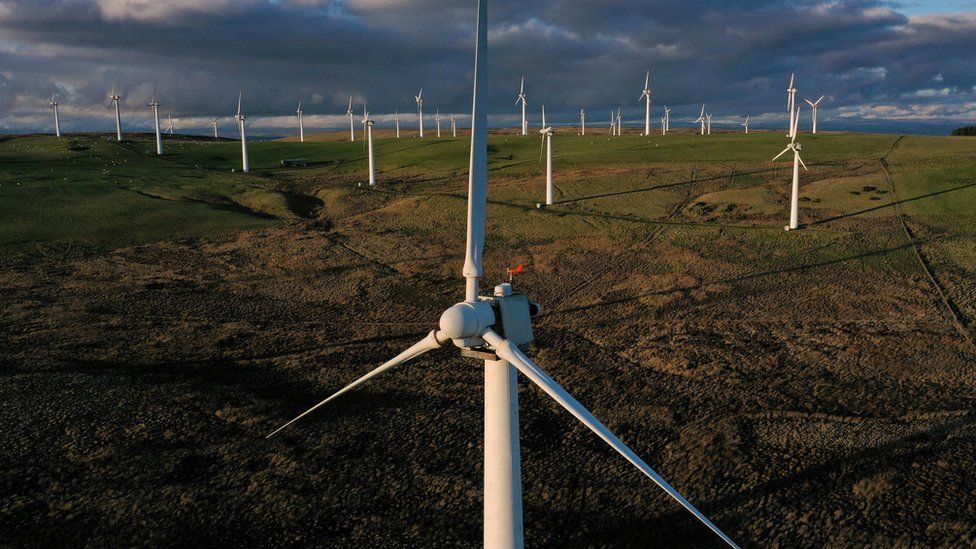- Assess your energy needs: Determine the amount of electricity and gas your business consumes per year. This will help you understand the scale of wind energy required to meet your energy needs.
- Evaluate wind resources: Investigate the wind resources available in your area. You can use a wind map to get a broad idea of wind resources in your location. If your business is located in a coastal area, along a ridgeline, or in the Great Plains region, you may have plenty of consistent wind.
- Conduct a wind site assessment: To determine if your site is suitable for wind energy, use a wind site assessor and/or a data collection system. This will help you understand the wind speeds and consistency at your location.
- Consider onshore and offshore wind turbines: Onshore wind turbines range in size, with older turbines typically providing 1 megawatt (MW) of average generation capacity and newer model turbines providing higher capacity. Offshore turbines are much larger, with a single turbine capable of exceeding 9 MW of generation capacity. Offshore wind has the potential to generate more than twice the amount of energy that the entire country uses in a year, but it requires significant investment in infrastructure to bring all of the energy to land.
- Explore wind energy solutions: There are various wind energy solutions available for businesses, including Power Purchase Agreements (PPAs) or Virtual PPAs, which can establish a price for decades. Additionally, on-site and off-site generation choices, such as wind or solar, can provide more ways to monitor and control how much electricity is used and when.
- Evaluate tax incentives and benefits: Research local and state tax incentives, as well as federal tax credit programs, that can help offset the initial investment and ongoing costs of wind energy solutions.
- Consider energy flexibility and control: Renewable energy generation from wind and solar has exceeded expectations, providing more ways to monitor and control how much electricity is used and when. Energy storage batteries can also be used to store cleaner-generated electricity for when grid-tied power is most needed.
- Embrace environmental sustainability: By producing and using clean, renewable energy, your company will lower greenhouse gas (GHG) emissions, helping to fight the effects of climate change and other environmental threats.
In conclusion, utilizing wind energy for your business in London can be a cost-effective, sustainable, and environmentally friendly solution to meet your energy requirements. By assessing your energy needs, evaluating wind resources, conducting a wind site assessment, and exploring wind energy solutions, you can make the transition to wind power and contribute to a more sustainable future.




